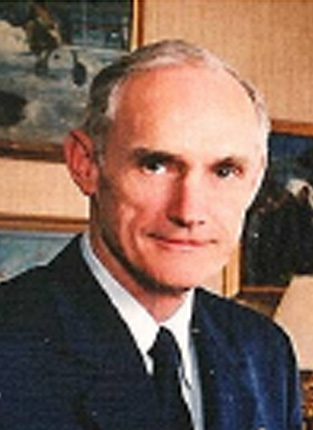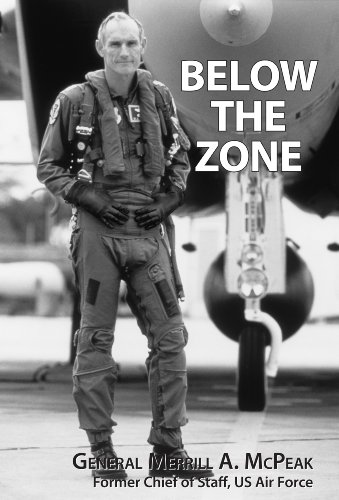From General McPeak’s book Hangar Flying:
Truckers were much admired by Misty. Their side called them “pilots of the ground,” the metaphor causing no offense. We invented a teasing song about them—how lonely it was on the trail; how bad the food was when they got any; how they jacked it up to change tires, slippin’ and slidin’ in the mud; how they picked bugs out of their teeth when Misty poked holes in the windshield. But they did deadly serious work in the most dreadful conditions imaginable. They left their homes in the North and lived on the trail for months, even years, enduring monsoon weather, malaria, animal bites, constant hunger. Mail was collected once a month; an exchange of letters could take a whole season. They got to navigate through this desolate, beat-up countryside, in the dark, without headlights—a job that would be no fun on open turnpike at high noon, nobody shooting at you. And then we dropped two million tons of bombs on Laos—something like our total tonnage during all of World War II in both the European and Pacific theaters—most of it aimed at the trail. We seeded clouds to induce flooding, sprayed Agent Orange, mined the road, installed sensors of the electronic-monitoring McNamara Line. No doubt about it, we extracted a heavy price.
In time, the North would fill 72 military cemeteries with the remains of those who built, manned and moved over the road. But move they did, putting through the cargo—the 122 mm rockets that pounded the Marines around Da Nang, the mines that killed our soldiers near the Parrot’s beak, the heavy equipment that in the end would surround and capture the Saigon of memory. Pumping hard, the truckers provided oxygen sustaining the North’s ability to make war in the South. Their reward for each delivery: go get me some more.
The general view is that war long ago lost its personal dimension, the gory flesh-and-bone smell of face-to-face combat. Starting with spears, the technology for killing strangers has progressed through archery to long-range artillery and the ICBM, the workers now far back up the assembly line from the finished product. Even when armies do go toe-to-toe on a large scale, as in the Civil War or World War I, it has somehow gotten less personal, the sides mashed into fleshy, mindless, single-cell stuff, the fighting bacterial, formless. Mostly, nowadays, it’s more antiseptic—rapid armored thrusts supported by air, the killing invisible, done at a remove.
But for some military elites—and here I’d include fighter pilots—combat retains a certain intimacy. The idea of fighting as just business, nothing personal, will survive the first whiz of bullets that pass close but die with the stilled breath of a good-guy truck driver.
(For more information on this publication, click on the tab “Books by General McPeak”)
General McPeak’s Service
General Merrill A. (“Tony”) McPeak entered the Air Force in 1957 as a Distinguished Graduate of the San Diego State College ROTC program. A career fighter pilot, he spent two years with the Air Force’s elite aerobatic team, the Thunderbirds, performing before millions of people in nearly 200 official air shows in the U.S. and overseas. He flew 269 combat missions in Vietnam. Senior leadership assignments included command of the 20th Fighter Wing in NATO, the Twelfth Air Force (and concurrently U.S. Southern Command Air Forces) and the Pacific Air Forces.
He was Air Force chief during a period of very active US involvement overseas, including Operation Desert Storm. While leading the Air Force, he conceived and executed the most extensive reorganization in its history, creating a service better suited to meet the nation’s defense needs.
In 1992, San Diego State University honored General McPeak with its first ever Lifetime Achievement Award. In 1995, George Washington University gave him its Distinguished Alumni Award, the “George.” He was among the initial seven inductees to the Oregon Aviation Hall of Honor. He is a member of the Council on Foreign Relations, New York City, and in 2008 was a national co-chairman of Obama for President. In 2010, President Obama appointed General McPeak to the American Battle Monuments Commission. The Commissioners subsequently elected him Chairman. (Source: https://generalmcpeak.com/about-general-merrill-a-mcpeak/)


























